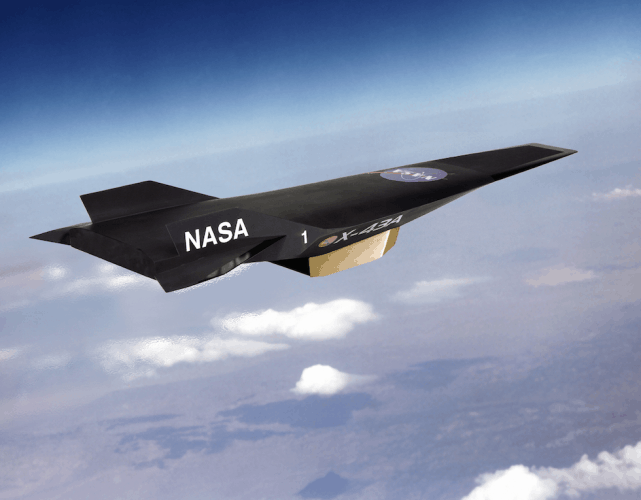
Produced through an additive manufacturing process known as powder bed fusion (PBF) the combustor was subjected to a variety of high-temperature hypersonic flight conditions over the course of 20 days, including one of the longest duration propulsion wind tunnel tests ever recorded for a unit of this kind.
One of the most challenging parts of a hypersonic propulsion system, a scramjet combustor houses and maintains stable combustion within an extremely volatile environment. The tests were, in part, to ensure that the PBF-produced part would be robust enough to meet mission objectives. According to ATK, analysis confirms the unit met or exceeded all of the test requirements.
The company said that the use of an additive process to build up the component one layer at a time, enable it to incorporate design features and integrated components that simply couldn't be produced using conventional manufacturing techniques.
“This combustor is a great example of a component that was impossible to build just a few years ago,' said Pat Nolan, Vice President and General Manager of Orbital ATK’s Missile Products division. “This successful test will encourage our engineers to continue to explore new designs and use these innovative tools to lower costs and decrease manufacturing time.”
Earlier in January, ATK was awarded a $47 million contract from the U.S. Air Force Space and Missile Systems Center Launch Systems Directorate for the development of a solid rocket propulsion system prototype to support the Evolved Expendable Launch Vehicle (EELV) program for national security space missions.




April 1886: the Brunkebergs tunnel
First ever example of a ground source heat pump?